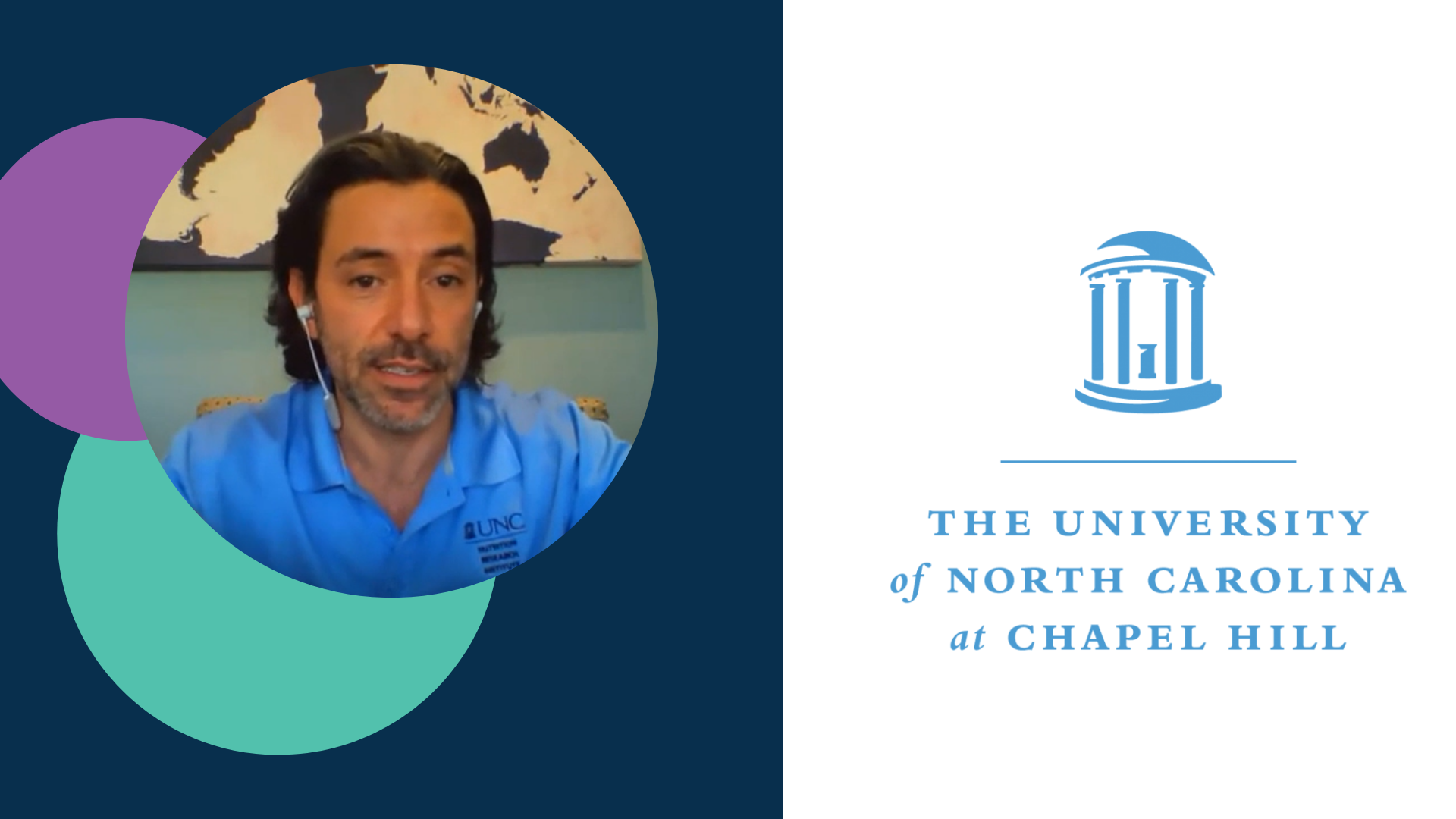The University of Wisconsin-Eau Claire, one of 13 state institutions in the University of Wisconsin system, needed a way to improve how it managed and tracked documents for critical processes to keep the school running smoothly. Their criteria for the right solution included:
- Cross platform compatibility
- Price
- Ease of development
- Ease of use
- No per-seat licensing
- No barriers to development
- Excellent responsiveness and support
The UW-Eau Claire team looked at 106 products and decided on Process Director from BP Logix. The eForms Project Lead, Mike Sharp, said: “What wowed me was the demo. When I called to schedule the demo, I was asked to send one of our forms. No one ever asked me that before. BP Logix asked me for a form, converted it quickly and demoed our form. They personalized the demo – and that was a huge wow!”
Let’s look more closely at how automation and workflow are helping many universities dramatically improve the student and administrative experience.
Higher education is experiencing unprecedented change. Colleges and universities face lingering uncertainty as a result of the COVID pandemic, but they also are coming head on with the stark realities of declining enrollments and changing demographics. To remain competitive, schools must meet the demands of a new breed of student, one that is digitally savvy and may not be interested in the traditional model of higher education. Many want a different type of college experience, and in order to survive and thrive, schools have to transform to meet these changes.
Effective college IT teams are not sitting back to see what happens. By using data and applying the right mix of technology, they are providing their schools with an agile foundation that can react to changing situations and identify ways to thrive. This enables them to deliver student-facing applications and solutions that are unique to today’s college environment.
The new college student experience
Today’s college students are digital natives. They have grown up in a digital world and expect access to technology as a way to navigate almost every part of their lives. Just about everything they want is available through their smartphones, and they now expect to be able to click their way through tasks and plans. Innovative colleges and universities understand this and are going through a transformation, powered by workflow, to help students with everything they require from admissions all the way to graduation.
The first step is to establish a foundation that can reliably help achieve these new goals. Workflow provides this because it can be aligned with the goals of both students and their higher education institutions in a way that moves beyond legacy systems and uses digital solutions to change course as needed. It’s not just a way to make better use of data and create efficiencies of scale. In the context of education, it is used to provide a more connected overall experience across the student’s lifecycle.
Some organizations see their processes as a series of unconnected events. They don’t recognize the need to effectively orchestrate the user experience, nor do they always see the value of deploying solutions in a student-driven context. From a business standpoint, this is critical because it’s the essence of customer satisfaction. Give students (customers) what they need to be successful, and be willing and able to adapt as the route to success changes.
Using workflow and data to drive transformation
University IT teams realize that workflow is more than just a series of tactical activities. The data from the diverse set of technologies that make up the university IT ecosystem can be used to create user-friendly apps that improve how students engage with their school. This promotes connectivity to the institution, which leads to a better student experience. But schools also have the benefit of collecting data from these applications and processes to learn about student behaviors and preferences. Armed with that kind of data, they can remain agile and prepare for anticipated changes.
The concept of digital transformation is perfectly suited to the university environment because schools must operate a complex web of offerings to keep students engaged. This includes everything from admissions, financial aid, and registration to health services, student activities, and career counseling. And that’s just scratching the surface of what today’s students expect.
Innovative schools recognize the importance of adapting traditional process principles and leveraging the inherent flexibility of workflow. With that as the centerpiece, the process of digital transformation enables integration among other applications, user inputs, data sources, and other elements that improve awareness and process accuracy.
Workflow as the key to adaptability
The models for how to operate and scale these schools for a modern student body have to remain flexible. The impetus for many of these transformations include:
- Student demographic shifts: More college students are attending part-time or are balancing school with other life priorities. These students may require more flexible scheduling options, access to financial aid resources, and career advisory services, among other things. With each semester, these demographic shifts are likely to change to some degree, and traditional methods for supporting students will need to align accordingly
- Revenue impacts: There is no question that universities have to be marketable and competitive from a financial standpoint. A key way to ensure they can maintain aggressive revenue goals is to reduce costs at every level of the organization. For the IT department, this doesn’t require a reduction in student services if the technology is used for repeatable processes and rapid application development. In fact, schools that apply workflow effectively can become leaner while increasing their efficacy in supporting the student population.
- New learning styles: Today’s students are digitally aware and expect a balance of interactive digital education along with in-person coursework. This will increasingly be a key point of differentiation for schools.
Delivering on these objectives requires university IT teams to strategically manage their data and processes as the foundations for the new college experience. The insights this approach can derive will enable schools to meet today’s demands and prepare for the future.
A higher ed transformation framework
The most important aspects of aligning with the student experience all have to do with usability paired with functionality – ease of use, solution context, and communication. The backbone, however, is effective workflow, which ensures that all these elements are met so that users can be both more efficient, and consistently meet their needs to make student life easier and more meaningful.
Let’s look at these in detail:
Ease of use
Today’s typical college student grew up accustomed to an inbound style of productivity. Rather than having to wait in lines and submit paperwork, they use online apps and smart forms to submit information and receive results.
There is an expectation among these students that they’ll have access to digital tools for most of the tasks they want to accomplish. College IT teams can use workflow automation tools to create sophisticated, low-code digital applications that take into account the necessary data and workflow sources on the back-end, and consider how users on the front-end will actually use the app. By being able to create simple apps that integrate relevant information, including smart forms and processes, students can get the information they need and take action on things like class scheduling, financial aid, and other relevant events. The teams who build the apps benefit when they apply an agile approach to development.
So while Process Director is easy to use for those who need to build applications intended to engage students and help them with decisions and actions necessary to their experience, that ease of use is also reflected in elegant, simple usability that encourages repeatability and adoption.
Relevance and context
Managing multiple classes, along with administrative issues like financial aid, all compete for students’ attention. Add to this to extracurricular activities like intramural sports and campus activities, and it becomes clear that schools have to piece together a massive amount of integrations and connections among data repositories to deliver solutions. Optimizing the use of data can have huge benefits, including the ability to interpret student and school trends. That data can ultimately help schools to be more efficient in things like operational expenditures and hiring.
Human interaction is complex, but workflow can be automated with rules to pair different sets of data and route it to appropriate decision makers. This level of automation functions not as a linear phenomenon, but as a continuously shared collection of usable elements that allow for context-based structural changes, last moment decisions, and individualized attention depending on each circumstance.
A case management approach can help greatly when delivering applications that integrate historical data on students (transcripts, payments, scholarships). With navigable data that can be filtered for omission or inclusion depending on the situation, applications can adapt as the students’ situations change and evolve. This approach supplies students with applications that provide them with what they need when they need it, all without forcing them to search outside the context of the case to find answers.
School-to-student communication
Students receive emails, texts, direct messages, and a host of other types of communication to keep them connected to their school. But information can go unnoticed if it doesn’t fit with how they are accustomed to consuming it. Schools have to ensure that students see important messages, but also create ways for students to communicate back with them.
To facilitate connecting and communicating across departments, the data collected from applications, forms, and sources can be organized into a collective portal that delivers all students’ actionable information into a single interface. That reduces response time and enhances the kind of communication students require in order to meet deadlines, stay on top of opportunities, and keep their good standing with their school.
The data-driven digital transformation of higher education cannot happen on an application-by-application basis. Schools that want to align their goals and processes to student behaviors will apply digital transformation through the use of smart workflow and processes. To serve these needs, Process Director provides digitally transformative and contextual education workflow solutions, facilitates efficient distribution of information, and streamlines the monitoring and management of information.




